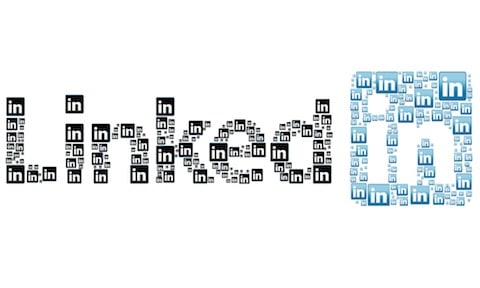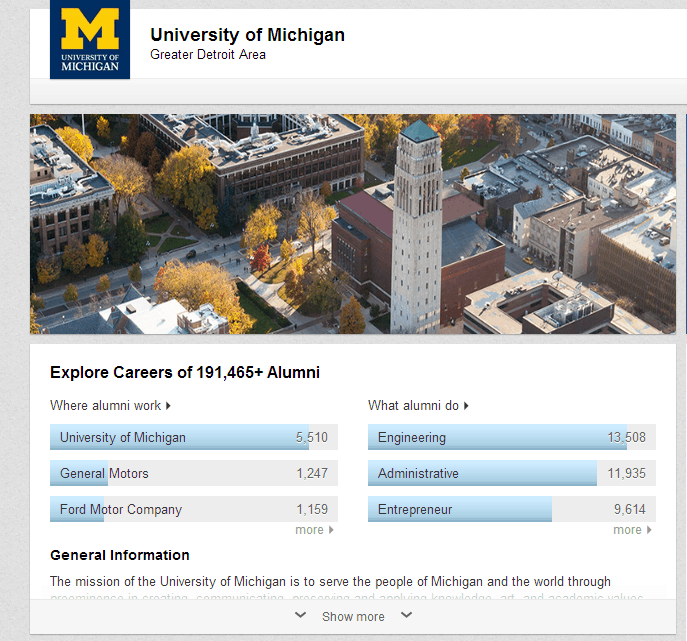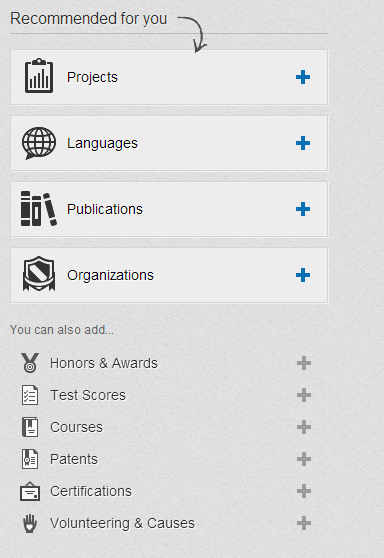LinkedIn at 14

LinkedIn has announced that it’s lowering its user age limit to 14. I’m not sure if they’re doing this to help 14-year-olds or if more monthly active users (MAUs) will help LinkedIn for this quarter. Either way, this is a tool that students can utilize.
There’s been a fair amount of pushback on the internet. Some have cried that this is robbing kids of their childhood. That seems a bit over the top. I agree that childhood today isn’t what it was 20 years ago, but I’m not sure that a social networking site has robbed kids of their childhood. Their childhoods have been robbed, indeed, but the culprits lie elsewhere. Today’s students live in some harsh realities. This isn’t the Gatsby ‘90s. Our middle schoolers have never lived in a nation that’s not been at war. Daily headlines are about the housing crisis, unemployment rates, soaring college costs, gun deaths, and pink slime in their burgers. These are more than headlines for many of today’s children, those Generation Z students. Every community has foreclosed homes and unemployment trouble. If it’s not happened directly to them, it’s likely happened to someone in their school.
So, yeah, I’m not sure a social networking site is robbing them of anything. Whatever the LInkedIn motives are, I believe there’s a tool here that can be of great value to many students.
LinkedIn’s plan is to have students network with universities through their new University Pages.
Students will be able to find the college that is the right match for their goals and aspirations. They will also be able to see the career paths of each university’s graduates.
In addition to the usual networking and resume building that LinkedIn offers, it is now a very capable portfolio platform. One gap with a lot of student portfolios is transitioning from high school to college. What happens when a student builds a great portfolio on a platform that a school uses and then the student graduates? Can they keep that portfolio, and if so, is it free? Same question for students who move during the year to a school or district that’s not using the same portfolio platform or is not using one at all. LinkedIn takes away all of that unnecessary worry, as individual users control their LinkedIn accounts, not the institution.
Take a look at some of LinkedIn’s portfolio tools:
What to Add to Portfolio
Portfolios should showcase a student’s authentic learning, achievements, goals, educational experiences, and extracurricular activities. Here’s a short list:
Visuals and Graphic Illustrations – Students should be able to show charts, timelines, and images that they have created.
Analysis – Students should be able to show critical analysis of written work, video, images.
Video – Document work with video, speeches, cooperation in group work
Art – both digital and traditional
Web Development – Do students have examples of web work and coding?
Certificates – Do students have certificates or badges from learning experiences outside of school? This could include things like Code Academy.
Writing Samples – Students who showcase original compositions and nonfiction work. Use the final edited version after teacher corrections. Do you think others on LinkedIn are adding rough drafts that the boss didn’t correct?
Research Papers – Students should model their research skills.
Lab Reports – Students should demonstrate their lab reporting skills that highlight their knowledge of the scientific method.
Presentations – Students should have well-developed presentations like Slideshare or Powerpoint to showcase.
Extracurricular – Students should be able to show their life-wide pursuits.
LinkedIn Recommendations for Student Profiles
LinkedIn says that they will coach students to build their more professional-type profiles that include academic honors and projects. Here’s what LinkedIn suggests:
Projects: Participating in projects and causes shows that you can apply classroom learning to real-world challenges and work effectively in a team. Add compelling research or class projects to your profile – especially those that demonstrate experience relevant to your professional goals.
Honors & Awards: Did you make the honor roll or earn a merit-based scholarship? Add it to your profile. While much of your profile is a subjective characterization of your abilities, honors and awards provide objective validation for your accomplishments.
Organizations: Participation in on-campus or external organizations shows your contributions outside the classroom. Employers and recruiters are always looking for people who have strong leadership abilities and have shown they can make a positive impact within an organization.
Test Scores: Employers often look at strong test scores as indicators of good problem-solving skills. If you’ve excelled at standardized tests or have a stellar GPA, include this on your profile.
Courses: Do you consistently push the envelope by enrolling in challenging classes? List select courses on your profile – especially those that qualify you for positions you’re seeking, or demonstrate your commitment to expanding your academic horizons.
LinkedIn Privacy Recommendations for Teens
LinkedIn is aware of security and privacy concern for students. They recommend these steps to help students guard their privacy:
Birthdate: Your birth year will be hidden to everyone except you. After you turn 18, you can choose to show this info if you’d like.
Public profile: We’ll automatically prevent your profile from appearing in public search engines such as Google and Bing.
Profile photo: Your profile photo will only be visible only to your 1st-degree connections (the people you know and have connected with directly).
Headline: We won’t show your professional headline, to protect your privacy in search results.
Display name & location on profile: Rather than showing your first name, last name, city, and state, your profile will default to first name, last name initial, and general region. (This isn’t possible in all languages, but will be in effect for languages using Latin script — e.g., English, French, Dutch, etc.)
Partner InMail messages: These are informational and promotional messages from LinkedIn’s marketing and hiring partners. You won’t receive these.
Data sharing with 3rd-party applications: Even if you choose to install 3rd-party applications (which are not managed by LinkedIn), we won’t share your information with those applications.
Advertising preferences: You won’t see ads from LinkedIn when you’re looking at other websites.
LinkedIn plugins on 3rd-party sites: We won’t collect information about you when you’re looking at other websites that partner with LinkedIn.
Portfolio Benefits
There are a lot of great benefits with student portfolios. The demand more authentic assessments and lead students toward self reflection. Here’s a short list of benefits:
Student take time to think critically and self reflect about their own performance and work.
Students learn the curation process as the choose what to include in their portfolios.
Students are given a chance to tell their own stories.
Students are guided to think beyond the classroom.
Students can see a direct correlation between what they accomplish in school and how they are prepare for work or the next level of education.
As students build their profiles and portfolios, they can identify areas of weakness and gaps in their performance.
Students improve their own performance through following these steps.
Parting Thoughts
As teachers, are we giving students classroom opportunities to have work that can be showcased in a portfolio? Are we doing enough of those type of authentic assessments? Once students start working on their portfolios, they will soon figure out which classes are authentic and which are not, and which are relevant to their futures and which are not.
LinkedIn does not have to be the only portfolio option for students. It can just be the final step. Schools would be wise to use an option suited for K12 to help students curate their work and profiles before they post it to LinkedIn. Schools should check out options like Digication, Seelio, and Mahara. Ultimately, a portfolio system should showcase a person’s work and that showcasing should in turn help that person advance and achieve his or her goals. If that’s the case, why not LinkedIn for students?










0 Comments
Leave a Comment
Your email address will not be published. All fields are required.